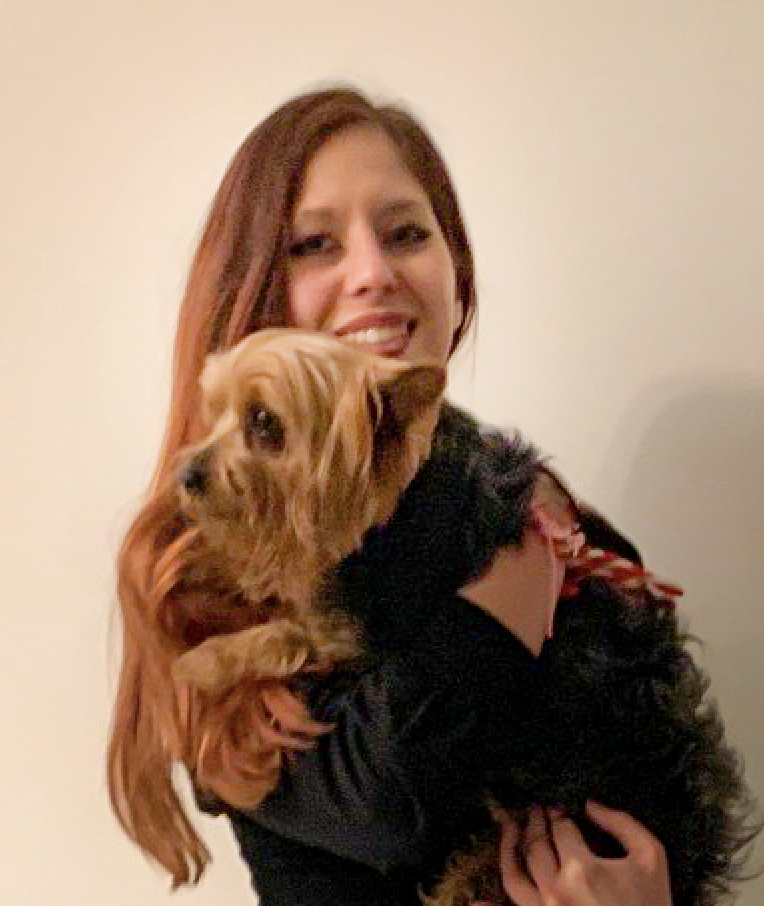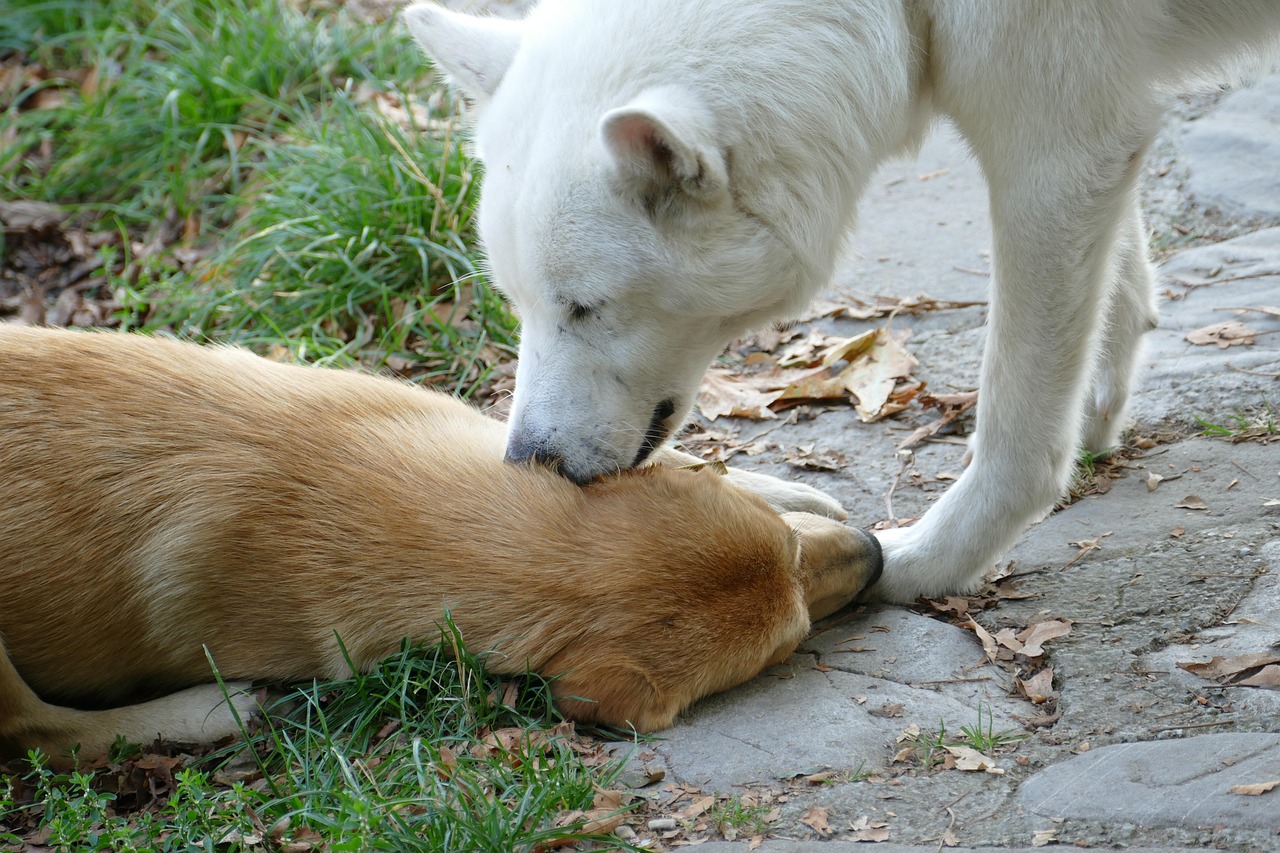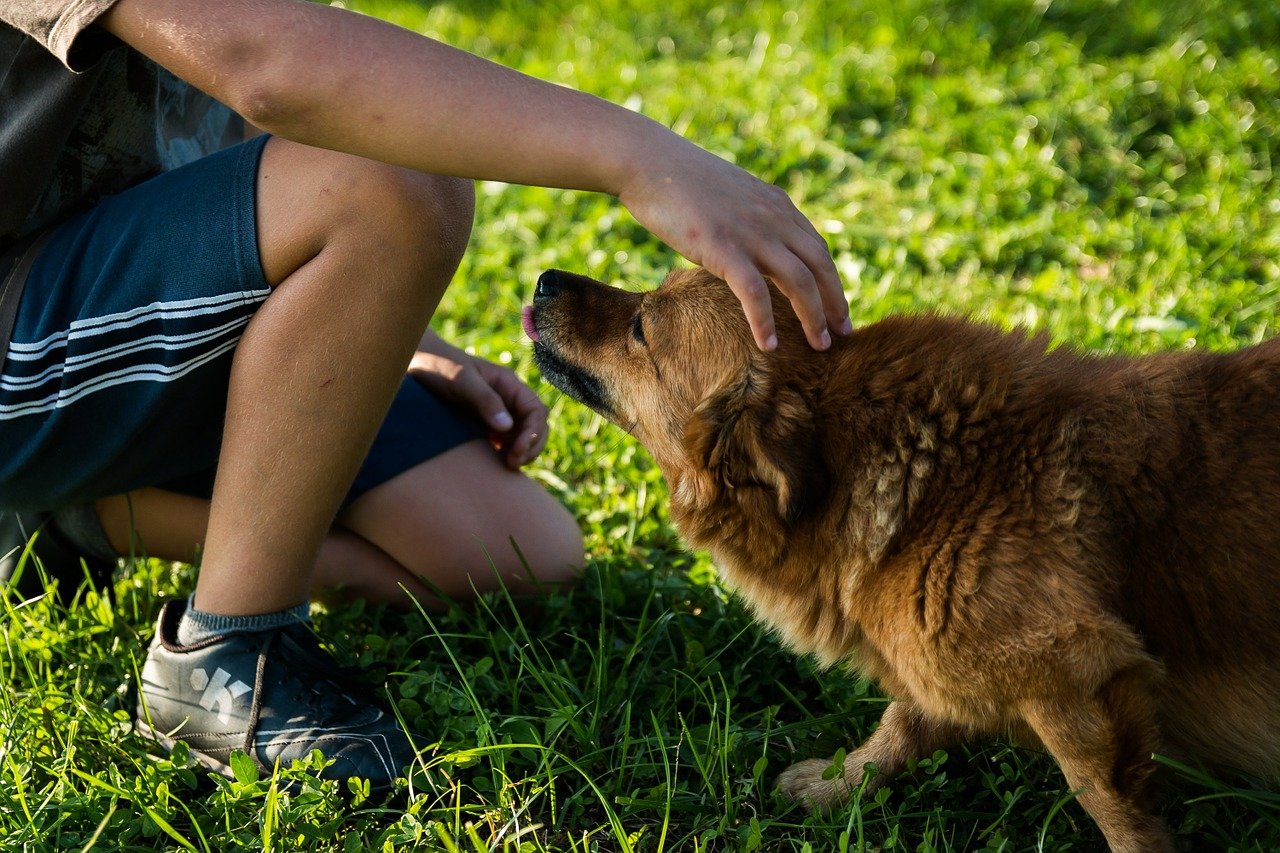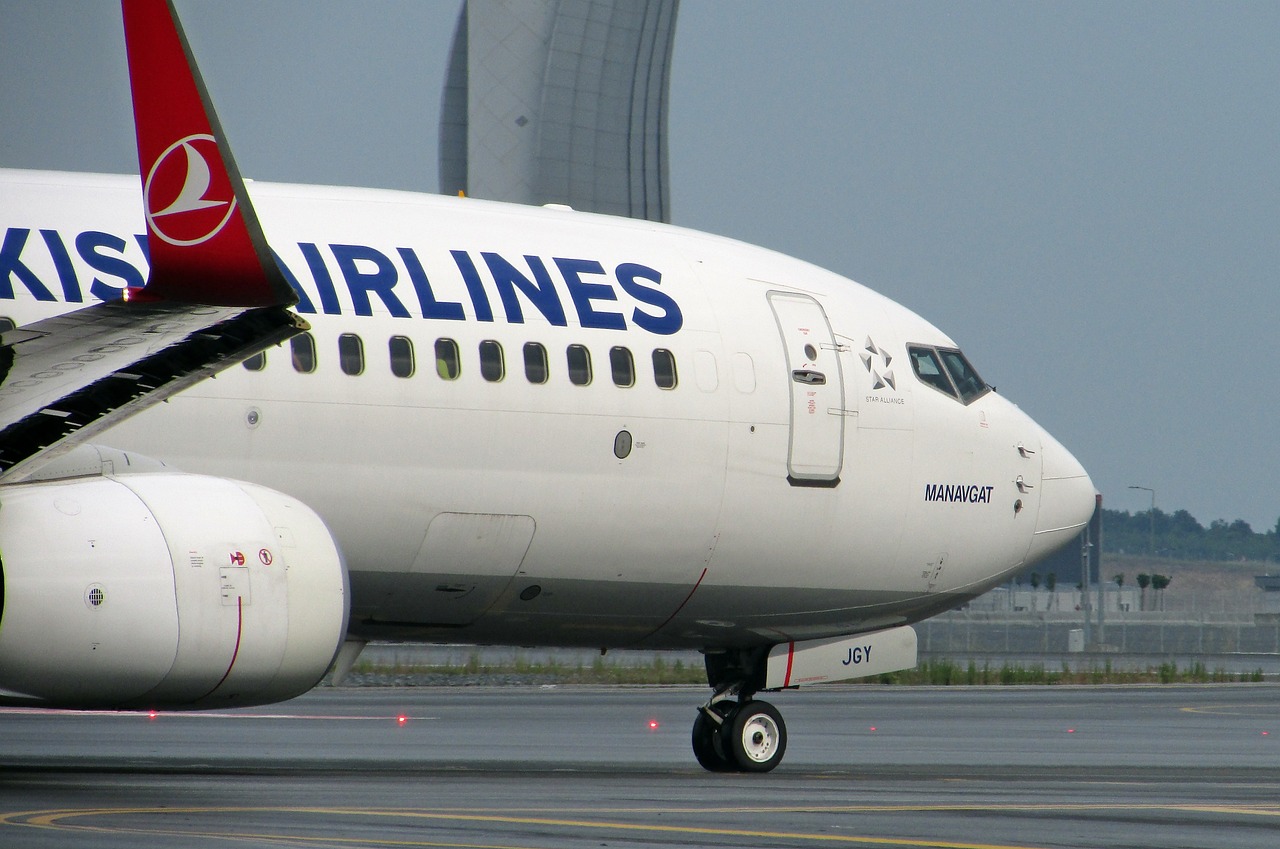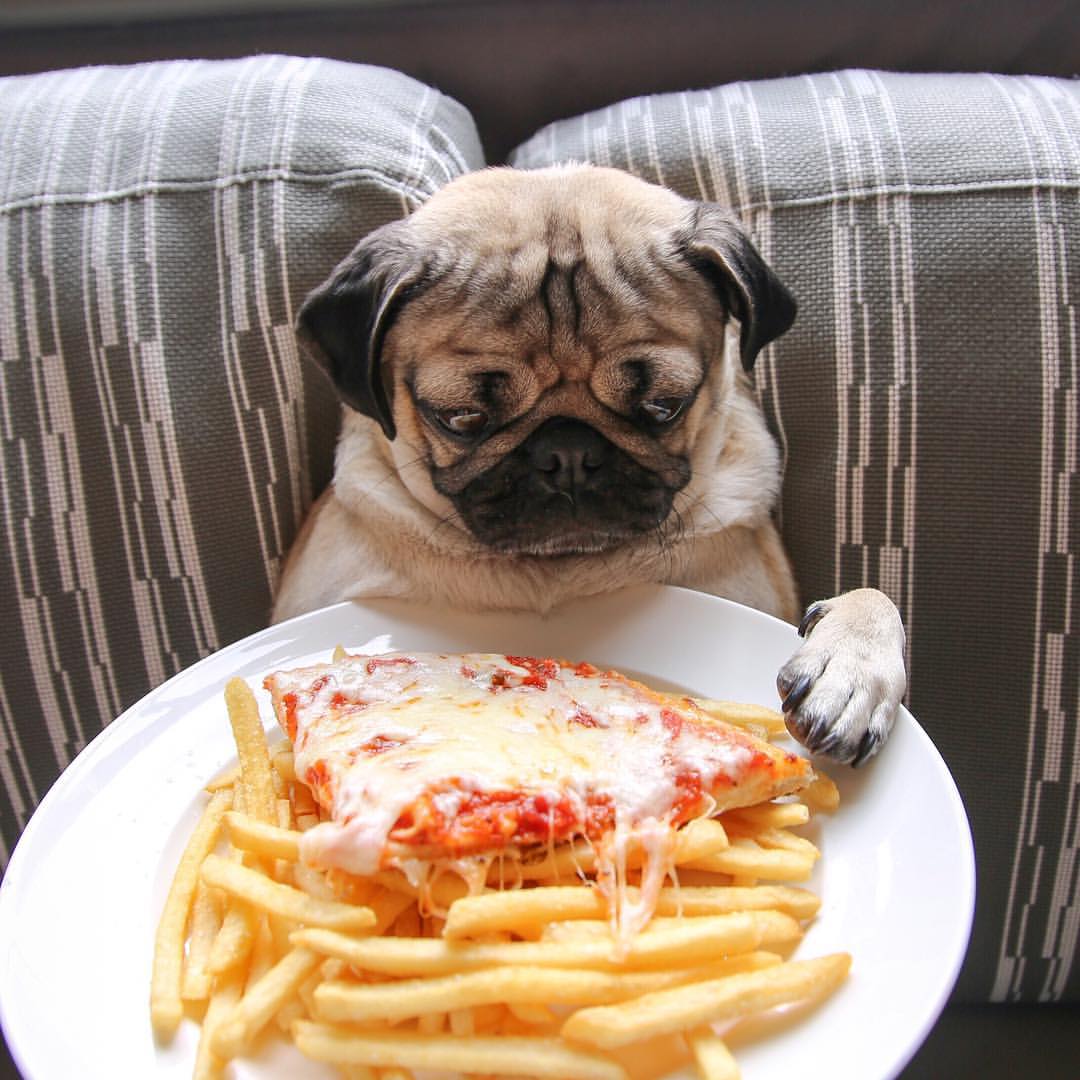
We pet owners tend to overfeed our furry friends, as we do not know how to handle the situations when they start whining, moaning, and staring at us full of anticipation for another portion of food. To ignore our furry friends and refuse to give them another treat or portion of food may be a difficult task to fulfill. However, if we keep showing this behavior, based on emotions, but quite irrational, our paw friend is much likely to gain weight and become obese. Being overweight can lead to health issues, especially in dogs at an old age, suffering from arthritis and joint problems.
If you have noticed that your dog gained some weight, you may want to know how to help him/her lose the excessive weight and improve his/her health. Before you start making a plan of what steps you should take to help your canine lose weight, you need to determine how much weight your furry needs to lose.
How to Determine If Our Dog Has Gained Weight
One simple approach that will help you decide if your dog has gained some extra kilos is by putting your hands along his/her sides. If you can feel your dog’s ribs and see his/her waist, that means that he/she is in a good shape. If these conditions are not fulfilled your dog may have gained some weight.
What to Do After You Have Figured Out That Your Canine Needs to Lose Weight
Consult a Veterinarian
We highly recommend that you consult your veterinarian before you start applying any techniques for weight loss. The main reason is that a health issue may have caused the overweight. You need to ensure that your paw friend is in perfect health condition before putting him/her on a diet. Moreover, you may treat your dog’s health if you do not consider hidden health issues. This applies explicitly to the cases when your dog suffers from diabetes or similar conditions.
After you have provided medical consultation and shared your intentions with the veterinarian, you can proceed further.
We would recommend that you weigh your canine at a veterinarian clinic or at home if you have a scale. The process of losing weight should be executed step by step. You need to ensure that your dog will not lose too much weight (more than 5% of his/her body weight), as cutting back on consumption could increase his/her appetite drastically as a natural response. On the other hand, the muscles of your canine are likely to strip away along with the excessive amount of body fat.
How much food is a reasonable amount?
It is important that you pay attention to the amount of food you give to your dog. Determine how much food is considered a healthy and reasonable amount, may be a challenging task.
Dogs, same as humans, are individuals and can not be put under a common denominator. This means that the portions, recommended by the food’s manufacturer and listed on the package are too generalized and do not consider some factors like your dog’s breed, size, and activity level. Whether your dog is neutered/sprayed or not, plays an important role in considering the number of calories he/she should consume. Neutered/sprayed dogs need 20%-30% less energy than other dogs. You need to take this factor into consideration and buy proper food for your furry friend.
You can try reducing the daily meal for your dog up to 5% of the values listed on the food package. If you do not notice any results after one month, you can reduce another 5% of the recommended portions.
Another trick you can apply is to divide the meal your canine consumes on a daily basis into smaller portions and distribute them during the day.
You also need to consider the amount of moisture in the raw food as well as in the canned food- the bigger the amount of moisture is, the easier your dog will go through the diet. The moisture will create a sense of satiety and a feeling of consuming more than the actual amount of calories.
What kind of food you can give your dog to help him/her lose weight?
You can replace the food you currently give your canine with food containing more protein and fewer carbohydrates, as the process of digesting protein needs more calories to be burned. Decreasing the amount of carbohydrates in the food is crucial for the diet to succeed. Compared to kibbles, where a minimum amount of carbohydrates is needed to keep their shape, there are no limitations in regard to the carbohydrates’ level in raw and canned food. Hence, you can accelerate the process of losing weight through types of canned or raw food with high levels of protein.
We would recommend that you feed your canine with mixed food, so that he/she can benefit from all types of healthy ingredients featured in the kibbles, canned food as well as in the raw food like vegetables and fresh fruits. If you have decided to feed your dog with raw food, we would recommend that you consult a veterinarian first, as some types of raw fruit is not recommended for dog’s consumption.
Most dog owners, especially the ones who train their dogs, use many treats as a reward. The more difficult are the tasks performed by your canine, the bigger the reward should be. However, if you use too many treats during the training process, you may be responsible for your dog’s overweight.
How to decrease the amount of treats that you give your dog
Gradually try to decrease the amount of treats you give to your dog and replace them with toys or praising/patting for the good job done. Training your dog to fulfill commands without getting treats (or getting less amount of treats) will spare you unpleasant situations while outdoor. Otherwise, you take the risk of going outside without bringing a bag of treats and be unable to control your dog. While outside, you can not predict all changes and distractions that may occur.
If you think that the amount of treats that you reward your canine with is reasonable, you can try to replace them with treats of the same type, but with fewer carbohydrates. When your dog starts whining because he/she wants to receive a treat, try to redirect his/her attention to a favorite toy or interesting interactive game, that is both mentally and physically challenging. Healthy food in reasonable portions is essential for your furry friend to lose weight, but physical activity needs to be implemented as well.
Physical activity
Before you put your dog on a hard physical training program, consider his/her age, physical condition, and eventual health issues that he/she may have. Some dogs are not prepared for hard training from the first day. The same way you decrease the calories in your furry friend’s food you need to increase his/her physical activity- gradually.
You can start with fetch games or try hiding toys with treats inside at different places in your home. Keep the sessions short. i.e. about 5-10 minutes and distribute the training sessions throughout the day (2-3 times a day).
If your dog is already at an old age, you may need to consider forms of activity that will preserve the joints like swimming.
Another step towards the desired goal is to make sure that your furry friend eats only the food you give him/her.
Are there other food sources?
This means that some of your family members/housemates may also feed your dog or he/she may eat food found during your walks.
How to proceed in this case
Once you decide to put your canine on a diet, you should inform all your housemates about your intentions. You need to coordinate your actions towards your canine, and they should become a part of the whole process. Especially if you have small children, you need to pay closer attention to their actions, and the amount of treats they provide your dog with.
While on walks outdoor, you have to constantly supervise your canine to ensure that he/she does not eat everything he/she sees on his/her way. Once you notice that your dog has lost weight, you need to move to the next part:
How to Maintain the Good Results
Maintaining the achieved results is always more difficult than achieving them itself. In order to keep the results, you need to make a schedule, that features your dog’s daily routine. Developing healthy habits that will have a long-term effect is the best solution. Monitor your dog, ensure that he/she is active enough, eats healthy food in reasonable portions, and you not share your food with him/her too often. If you give your canine a piece of your meal with high fat content once or twice a month, this is not likely to be a problem, but if you share your meals (especially the ones containing high fat) with your paw friend too often, this is likely to lead to a problem in a long-term period.
What to Do if Your Dog Does Not Lose Weight Immediately
It is quite normal that canines lose weight at different paces. Do not compare the results that your dog achieves with the results of other dogs. Consistency is more important than short-term results. As long as the diet works and your dog makes a progress, you do not have to worry. Try to be patient and do not take too drastic actions.
However, if 2 months have passed after your canine has gone on a diet, and he/she does not indicate any weight loss, you need to consider visiting a veterinarian.



